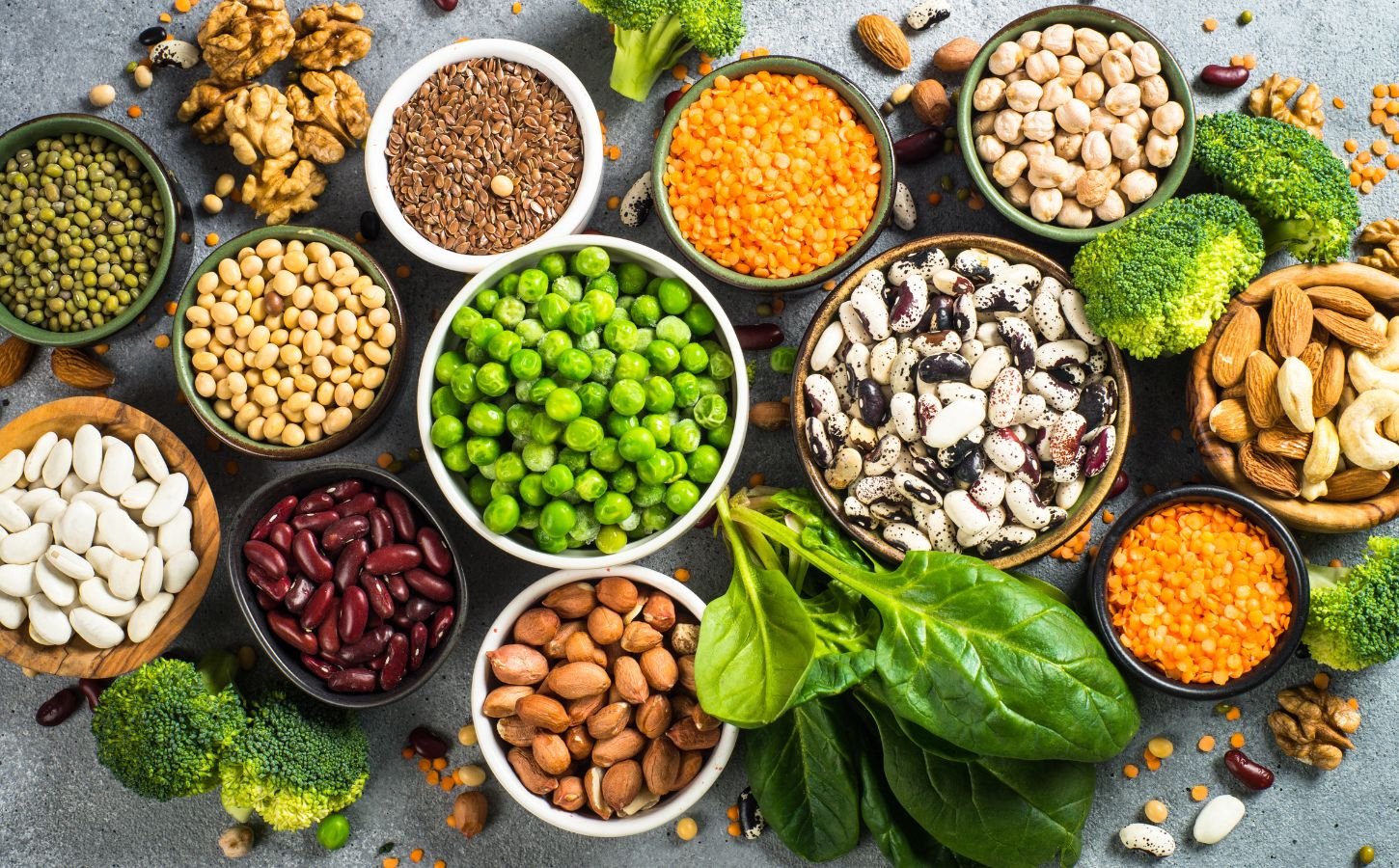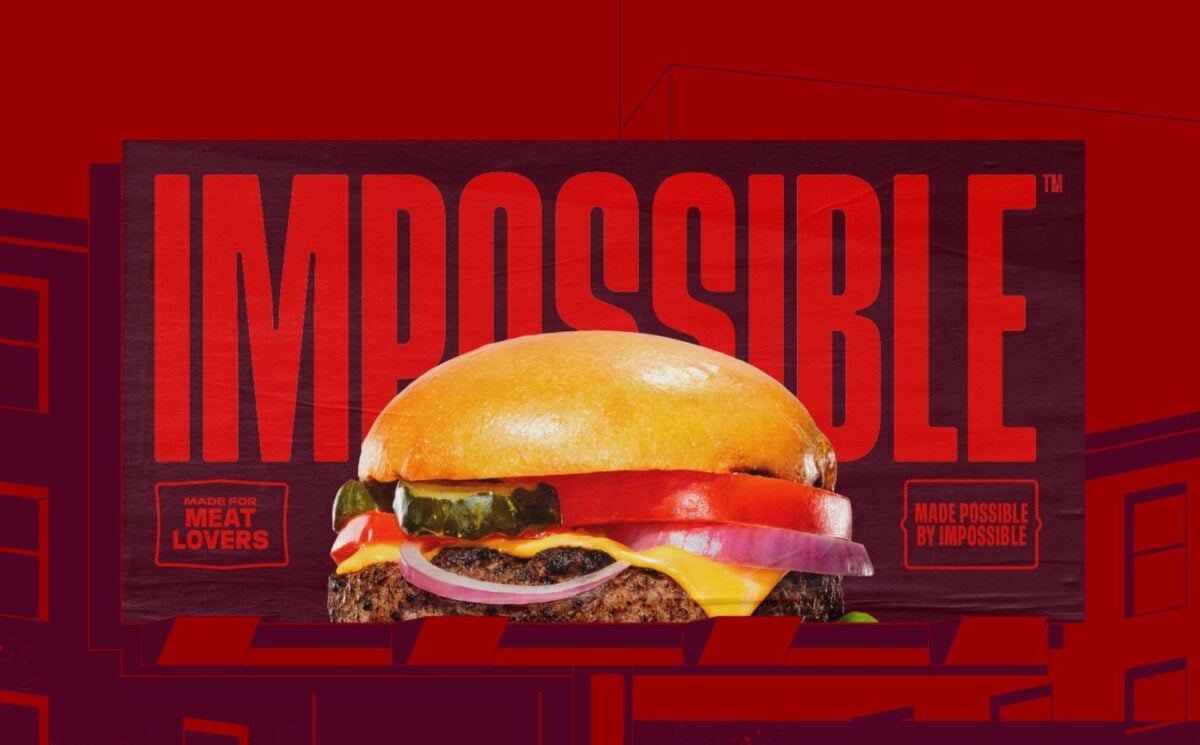
The world of plant-based proteins has been on a rollercoaster ride, hasn’t it? After a truly meteoric ascent that captured the imaginations of consumers and investors alike, the alternative meat and dairy sectors encountered some serious turbulence. We’ve certainly seen our share of reduced sales, a noticeable dip in investment, the rise of the ‘ultra-processed’ food stigma, and, sadly, a number of companies grappling with closures.
But here’s the exciting part: like any nascent industry finding its footing, when challenges emerge, the pioneers pivot. What we’re witnessing right now is far more than just a minor adjustment; it’s a marked shift, a profound evolution in plant-based product development that is setting the stage for an entirely new chapter in the future of alternative meat and dairy. It’s an exciting time to be an observer, and indeed, a consumer, as innovation takes center stage.
One of the most intriguing shifts making waves is the re-emergence of hybrid meat and dairy products. Remember when these blends first appeared, and then, for a while, seemed to vanish from the shelves? Companies like BrewDog and Tyson Foods had launched hybrid meat products only to later take them off the market. It seemed consumers weren’t quite ready, but that landscape is clearly changing, and rapidly so.

The idea of blending traditional meat or dairy with plant-based ingredients is far from new, yet its resurgence is undeniable. Take, for instance, the recent buzz generated when Impossible Foods’ CEO, Peter McGuinness, candidly told the Wall Street Journal that he’d be open to launching a hybrid meat and plant-based burger. He even suggested that if Impossible could capture a “sizeable portion” of the flexitarian market with such offerings, it could potentially quadruple the company’s revenue. That’s a bold vision, and it speaks volumes about the renewed confidence in this blended approach.
Indeed, we’re seeing a significant resurgence of all things hybrid. In the Netherlands, the retailer Albert Heijn has made an impressive push into blended products, introducing no fewer than 15 new offerings that cleverly combine meat and dairy with plant-based ingredients. On the savory side, new meat products now include sausages and deli meats blended with ingredients such as faba and butter beans. In the dairy aisle, the retailer is even selling hybrid milk, a collaborative effort between Farm Dairy and PlanetDairy. Hybrid cheese is another category that’s rapidly gaining momentum, with PlanetDairy, Kerry, and St Paul all diving in.
The benefits of these hybrid innovations are quite compelling. Compared to products that are 100% meat or dairy, they are generally associated with fewer carbon emissions, a crucial consideration for environmentally conscious consumers. Furthermore, they often contain fewer problematic nutrients like saturated fats, offering a healthier profile. Hybrids could also potentially outperform pure plant-based alternatives on taste and texture, striking a balance that appeals to a broader palate. And let’s not forget the price point; Albert Heijn is notably launching its new line of blended products at the same price as their conventional counterparts, a clear sign that affordability is becoming a priority.

Speaking of affordability, the rise of private label brands is another powerful trend shaping the plant-based sector. For a while, plant-based meat and dairy were positioned as premium products, priced accordingly, and consumers, in their initial enthusiasm, were largely happy to pay the extra cost. But today, shoppers are actively seeking better value, and they are increasingly finding it in private label options.
Retail sales data from Circana reveals a notable rise in plant-based private label products across France, Germany, Italy, and Spain between 2022 and 2024. The Good Food Institute (GFI) Europe, a vocal proponent of alternative meat and dairy, firmly believes that these more affordable options are playing a pivotal role in bringing plant-based foods into the mainstream. Data from NIQ further underscores this trend, indicating that almost half of households in Spain, 37% in Germany, and 32% in the UK purchased plant-based milk at least once last year. Similarly, more than a fifth of households in Spain and nearly a third in Germany and the UK purchased plant-based meat.
However, this isn’t entirely good news for traditional plant-based manufacturers. Between 2022 and 2024, branded sales saw an 8.3% drop. Yet, across six plant-based categories, private label options enjoyed a robust 6.8% growth. It’s a clear indication of a shift in consumer preference driven by value. In some regions, though, branded products have still outperformed private label in smaller categories like plant-based cheese and seafood, suggesting that while price is undeniably important, it’s not the sole determinant for consumers.

Helen Breewood, GFI Europe’s senior market and consumer insights manager, eloquently states, “There is a huge potential market for sustainable and healthy plant-based foods, and companies have a real opportunity to reach more people by developing tastier, nutritious and affordable products that can fit their lifestyles.” This sentiment perfectly encapsulates the delicate balance between innovation, taste, health, and price that manufacturers are striving to achieve.
Beyond just affordability and hybrid models, the industry is also grappling with a fundamental question: does future growth lie in perfecting meat mimicry, or in embracing plant-based foods for their own unique qualities? For a long time, the focus was intensely on creating products that tasted, looked, and felt exactly like their animal-based counterparts. Now, a fascinating new trend is emerging: new brands are hitting the shelves with more traditional, ‘plant-forward’ offerings, such as tofu or tempeh, moving away from the direct imitation of meat.
While the market for these traditional plant-based ingredients appears strong, it hasn’t yet surpassed the sales of products designed to mimic meat. For instance, GFI Europe reports that UK consumers purchased 35.8 million kg of plant-based meat in 2024, compared to just 11.9 million kg of tofu, tempeh, seitan, and vegetable-based products like bean burgers. But don’t let those numbers fool you; just because these products aren’t outperforming meat mimicry on sales doesn’t mean it isn’t a powerful emerging trend.

Givaudan, the ingredients supplier, believes that some consumers are actively seeking more ‘plant-forward’ options that offer excitement in their own right, rather than solely as substitutes. They are observing a new wave of innovation in the market that is decidedly plant-based, but not necessarily meaty. This particular market is likely composed of adventurous flexitarians, eager to explore new culinary horizons. Recent examples hitting shelves that purposefully do not mimic meat include classics like tofu and tempeh, but also innovative creations like Veg’chop in the UK, a plant-based food crafted from a blend of pulses, seeds, and vegetables such as lentils, sweet potato, and quinoa.
This period of evolution also brings with it a natural phase in the lifecycle of any new category: consolidation. The plant-based sector has arguably seen more of it than most. One of the most significant recent moves was undoubtedly Unilever’s sale of The Vegetarian Butcher to JBS-owned Vivera, a strategic move as part of the FMCG giant’s portfolio clear-out. This isn’t an isolated incident; other, smaller acquisitions have also taken place, including VFC Foods’ purchase of Meatless Farm, and Valio spin-out Oddlygood’s acquisition of plant-based milk maker Rude Health.

Venturing slightly beyond the purely plant-based realm and into the fascinating fungi kingdom, Libre Foods announced just last month that it was being acquired by Planetary SA. This fermentation-focused buyer is taking ownership of Libre Foods’ core brand, which notably produces fungi-based bacon alternatives, along with commercial agreements, intellectual property, and generated know-how. All this movement within the industry suggests that the plant-based meat and dairy industry is far from stagnant; it is, in fact, incredibly dynamic. Whether it’s legacy brands being absorbed by global players or innovative start-ups aligning with experts in their field, it seems that consolidation is paving the way for a more resilient and robust future for alternative proteins.
But how did we get here, and what technologies are fueling this remarkable transformation? The journey from traditional farming to meat alternatives has been driven by a confluence of factors, including growing environmental concerns, a heightened awareness of health benefits, and a stronger focus on animal welfare. Meat analogs, also known as mock meat and imitation meat, have a longer history than many might realize, with the process of replacing meat in food products beginning as early as the 1960s.

Historically, soy proteins found in tofu and tempeh, a fermented cake of soybean, have been widely utilized in meat analogs. These versatile components have been processed and enjoyed for centuries as traditional cuisines in Southeast Asia, dating back to as early as 956 CE. In addition to these traditional Asian staples, texturized vegetable protein (TVP) – obtained from pressed defatted soy meals – along with wheat gluten and concentrates from soy protein, were first introduced as a meat analog in the second half of the 20th century. TVP, particularly that made from soybeans, is highly valued for its elastic and foamy texture, making it an excellent meat alternative. Texturized soy protein, with its meat-like surface attributes and protein quality similar to animal proteins, is an exceptionally universal food component. While vegetable protein components are cost-effective sources, they can be transformed into impressive meat alternatives, including preserved meat, components in beef patties, and even pet meals.
However, the journey hasn’t been without its hurdles. Adopting plant-based diets can be challenging for some individuals due to various associated issues. For instance, soybean-extracted products can sometimes have an intense off-taste. This unwelcome flavor is attributed to compounds like isoflavones, saponins, and lipoxygenase activity, which unfortunately reduce the appeal of soy-based protein as a meat alternative for some. Another significant concern is the allergic effect of food proteins found in legume crops such as common beans, lentils, and soybeans, which has naturally limited the development of meat analogs from these sources. Furthermore, cereal proteins like wheat, rye, and barley, while widely used, can be toxic for individuals with gluten intolerance, posing another challenge for widespread adoption.




